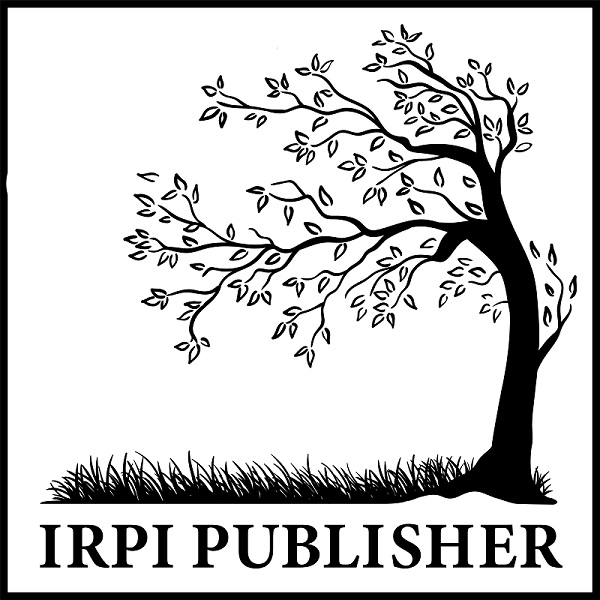Optimizing Cultural Events for Destination Branding and Community Empowerment in Tenganan Dauh Tukad
DOI:
https://doi.org/10.57152/consen.v5i1.2045Keywords:
community service, digital empowerment, cultural tourism, Instagram branding, Tenganan Dauh Tukad, Sustainable TourismAbstract
This community service project aims to empower the local community of Tenganan Dauh Tukad by enhancing their capacity to promote cultural tourism through digital platforms. Framed around the theme of Tenganan as The Living Culture Destination, the project was implemented in three phases: documentation, content development, and community training. In the first phase, local youth were involved in capturing high-quality photo and video content during the traditional Perang Pisang event. In the second phase, the materials were edited into Instagram-optimized formats using a custom visual identity that reflects the village’s values—Asli (Authentic), Sakral (Sacred), Teguh Tradisi (Tradition-bound), Edukatif (Educational), and Elegan (Elegant). The third phase focused on training participants in managing Instagram, creating content calendars, and applying preset filters through the Lightroom mobile app. The outcome includes the rebranding of the village’s Instagram account to @tengananexperience and the development of a content strategy based on the pillars: Be Promotional, Be Human, and Be Entertaining. This initiative not only improved the digital skills of the community but also strengthened their cultural pride and established a sustainable model for cultural tourism promotion.
Keywords: community service, digital empowerment, cultural tourism, Instagram branding, Tenganan Dauh Tukad, sustainable tourism.
Downloads
References
Hanna, S., Rowley, J., & Keegan, B. (2021). Place and Destination Branding: A Review and Conceptual Mapping of the Domain. European Management Review, 18(2), 105–117. https://doi.org/10.1111/emre.12433
Költringer, C., & Dickinger, A. (2015). Analyzing destination branding and image from online sources: A web content mining approach. Journal of Business Research, 68(9), 1836–1843. https://doi.org/10.1016/j.jbusres.2015.01.011
Qu, H., Kim, L. H., & Im, H. H. (2011). A model of destination branding: Integrating the concepts of the branding and destination image. Tourism Management, 32(3), 465–476. https://doi.org/10.1016/j.tourman.2010.03.014
Zenker, S., Braun, E., & Petersen, S. (2017). Branding the destination versus the place: The effects of brand complexity and identification for residents and visitors. Tourism Management, 58, 15–27. https://doi.org/10.1016/j.tourman.2016.10.008
Downloads
Published
How to Cite
Issue
Section
License
Copyright (c) 2025 Ni Kadek Swandewi, Mahendra Adi Winatha, I Gede Made Sukariyanto, Putu Surya Laksana Rahjasa, Ni Kade Juli Rastitiati

This work is licensed under a Creative Commons Attribution 4.0 International License.
- Authors retain copyright and grant the journal right of first publication with the work simultaneously licensed under a Creative Commons Attribution License (CC-BY) that allows others to share the work with an acknowledgment of the work's authorship and initial publication in this journal.
- Authors are able to enter into separate, additional contractual arrangements for the non-exclusive distribution of the journal's published version of the work (e.g., post it to an institutional repository or publish it in a book), with an acknowledgment of its initial publication in this journal.
- Authors are permitted and encouraged to post their work online (e.g., in institutional repositories or on their website) prior to and during the submission process, as it can lead to productive exchanges, as well as earlier and greater citation of published work (See The Effect of Open Access).
















